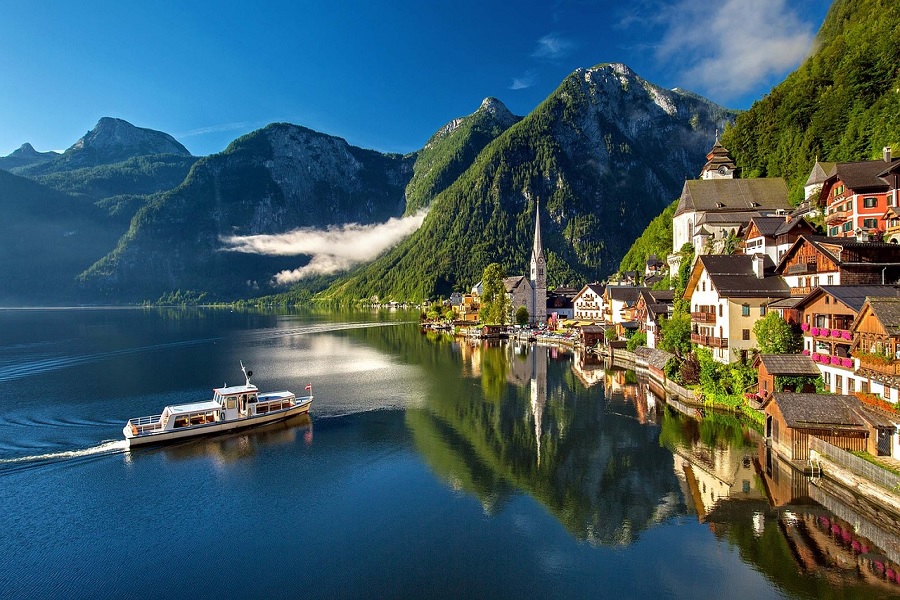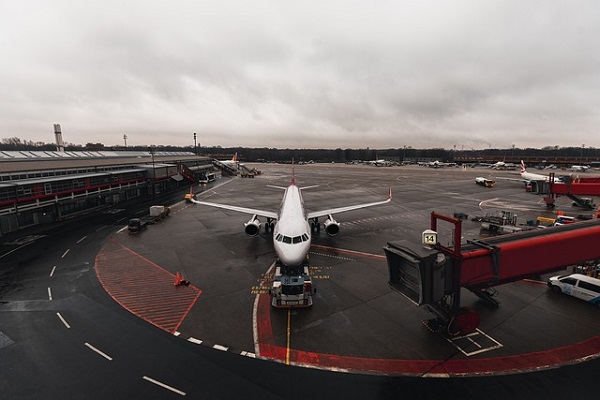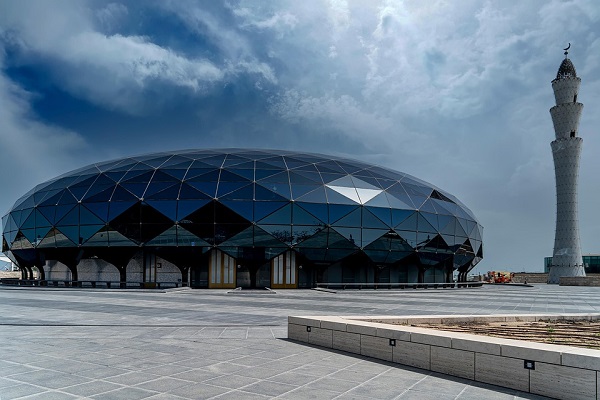International Tourism: A Journey Beyond Borders

In an increasingly interconnected world, international tourism has become one of the most vibrant industries, offering travelers the chance to explore new cultures, landscapes, and experiences. From the historical streets of Rome to the modern marvels of Tokyo, international tourism provides countless opportunities for adventure, learning, and relaxation. Whether you're a seasoned globetrotter or a first-time traveler, embarking on an international journey offers a unique chance to expand your horizons and create lifelong memories.
The Rise of Global Travel
International tourism has experienced significant growth over the past few decades, driven by factors like globalization, better accessibility, and the growth of low-cost carriers. Advances in technology and digital platforms have also made travel planning easier, allowing tourists to book everything from flights to accommodations and guided tours with just a few clicks. The rise of social media has further fueled this growth, with travel influencers and bloggers sharing their experiences, sparking the wanderlust of millions across the globe.
The appeal of international tourism lies in its ability to offer something for everyone. For some, it's about experiencing the art and history of Europe's cultural capitals. For others, it's about exploring the natural beauty of destinations like New Zealand's fjords or the deserts of Dubai. And for many, it’s the thrill of sampling exotic cuisines, learning new languages, and making connections with people from different cultures.
Destinations to Explore
1. Europe: A Blend of History and Modernity
Europe continues to be one of the most popular destinations for international travelers. Cities like Paris, Rome, and Barcelona offer a rich mix of history, architecture, and modern amenities. For history enthusiasts, the ancient ruins of Greece and Italy provide a glimpse into the past, while art lovers can explore world-class museums such as the Louvre or the Vatican Museums.
Emerging destinations in Eastern Europe, like Prague and Budapest, also offer a unique charm with their fairy-tale-like architecture, vibrant nightlife, and rich cultural traditions.
2. Asia: From Ancient Traditions to Futuristic Cities
Asia offers a diverse range of experiences for international tourists. Countries like Japan and South Korea are known for their seamless blend of ancient traditions and cutting-edge technology. Travelers can visit historic temples and shrines, and then indulge in the latest technological innovations, from high-speed trains to futuristic cities like Tokyo.
Southeast Asia, with its pristine beaches, bustling markets, and delicious cuisine, remains a favorite for travelers seeking both relaxation and adventure. Thailand, Vietnam, and Bali are just a few examples of destinations where international tourists can unwind while soaking in the rich culture and history.
3. The Americas: Nature, Adventure, and Culture
North and South America offer a vast range of travel options, from the towering skyscrapers of New York City to the remote wilderness of Patagonia. The United States continues to draw visitors with its diversity—whether exploring the natural wonders of the Grand Canyon or the bright lights of Las Vegas. Latin America, with its vibrant cities like Buenos Aires and Rio de Janeiro, also offers an exciting mix of culture, festivals, and scenic beauty.
Central America’s rainforests, wildlife, and archaeological sites like the ancient Maya ruins of Mexico and Guatemala also attract international travelers looking for both adventure and cultural exploration.
4. Africa: Untamed Beauty and Adventure
Africa is an increasingly popular destination for those seeking to connect with nature and wildlife. Countries like Kenya, Tanzania, and South Africa are renowned for their safaris, where visitors can see the Big Five in their natural habitat. Meanwhile, the Mediterranean coast of Morocco offers travelers a blend of exotic markets, historic cities like Marrakech, and beautiful desert landscapes.
From the pyramids of Egypt to the coastal beauty of Cape Town, Africa offers international tourists the opportunity to explore diverse landscapes and cultures.
Cultural Exchange and the Benefits of International Travel
One of the greatest benefits of international tourism is the cultural exchange it fosters. Traveling to different countries allows tourists to experience customs, traditions, and ways of life that may be vastly different from their own. This exposure not only broadens perspectives but also promotes understanding and appreciation of different cultures.
International tourism also supports the global economy by creating jobs in hospitality, transportation, and tourism-related industries. As a result, it has become a crucial driver of economic development in many countries, especially those that rely heavily on tourism as a primary source of income.
Challenges and Sustainability in International Tourism
Despite the many benefits, international tourism also poses challenges, particularly in the areas of sustainability and environmental impact. With rising travel demand, there is an increasing strain on natural resources, local infrastructures, and ecosystems. Tourism-related pollution, overtourism, and carbon emissions from air travel are pressing issues that the industry must address.
Sustainable tourism practices, such as eco-friendly accommodations, responsible wildlife tours, and minimizing carbon footprints, are essential for ensuring that international tourism continues to benefit both travelers and host communities. Many destinations are now promoting eco-tourism and cultural preservation, encouraging tourists to travel responsibly and respect local environments and cultures.
Conclusion: The Future of International Tourism
As the world continues to open up, international tourism will remain an exciting and enriching way to experience the world. The allure of exploring new destinations, learning about diverse cultures, and embarking on thrilling adventures will continue to captivate millions of travelers worldwide. However, it is crucial for both tourists and the tourism industry to prioritize sustainability, ensuring that international tourism remains a positive force for both people and the planet.























